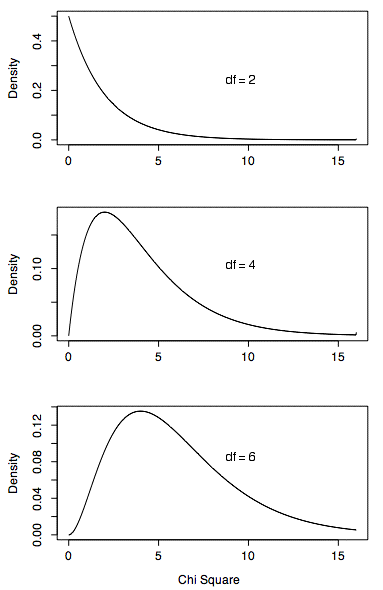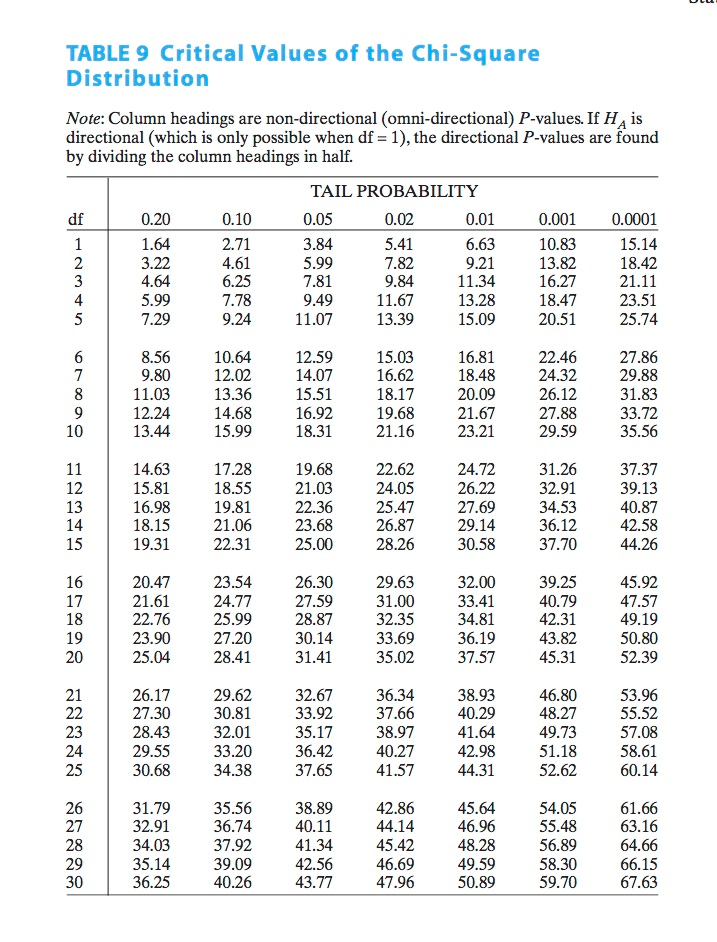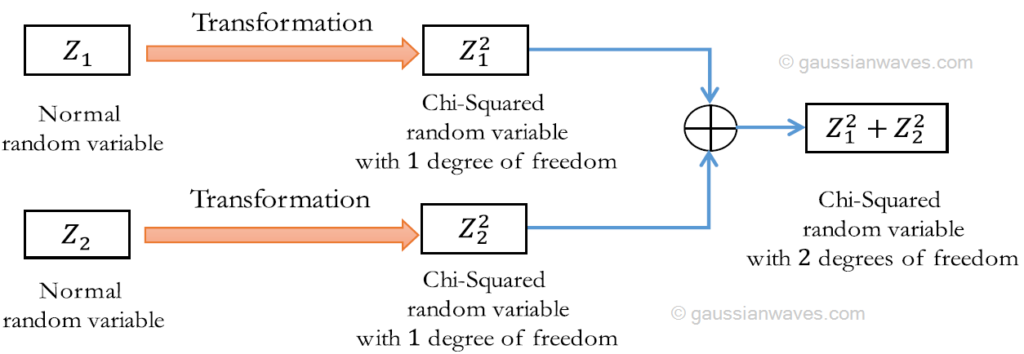
If education and marital status are independent in our population, then we expect this in our sample too. Expected FrequenciesĮxpected frequencies are the frequencies we expect in a sample The hypothesis of independence tells us which frequencies we should have found in our sample: the expected frequencies. In this chart, education and marital status are perfectly independent. What does education “say about” marital status? Absolutely nothing! Why? Because the frequency distributions of marital status are identical over education levels: no matter the education level, the probability of being married is 50% and the probability of never being married is 30%. say again? Well, what if we had found the chart below? Independence means that the relative frequencies of one variableĪre identical over all levels of some other variable. Independence means that one variable doesn'tĪ different way of saying the exact same thing is that So exactly how strong is this dependence -or association- in our sample? And what's the probability -or p-value- of finding it if the variables are (perfectly) independent in the entire population? Chi-Square Test - Statistical Independenceīefore we continue, let's first make sure we understand what “independence” really means in the first place. In this case we'll conclude that the variables were not independent in our population after all.

However, a strong relation in a large sample is extremely unlikely and hence refutes our null hypothesis. If marital status and education are perfectly independent in our population, we may still see some relation in our sample by mere chance. The basic problem is that samples usually differ from populations.

However, we can't conclude that this holds for our entire population. Now, marital status and education are related -thus not independent- in our sample. Two categorical variables are independent in some population. The null hypothesis for a chi-square independence test is that So what about the population? Chi-Square Test - Null Hypothesis That is: education “says something” about marital status (and reversely) in our sample. Marital status is clearly associated with education level.The lower someone’s education, the smaller the chance he’s married. If we move from top to bottom (highest to lowest education) in this chart, we see the dark blue bar (never married) increase. This becomes much clearer by visualizing this table as a stacked bar chart, shown below. Our last table shows a relation between marital status and education. More highly educated respondents marry more often If we move towards the lower education levels (leftwards), we see this percentage decrease to 31% for respondents having just middle school. Reversely, note that 64% of PhD respondents are married (second row). If we move rightwards (towards higher education levels), we see this percentage decrease: only 18% of respondents with a PhD degree never married (top right cell). If we inspect the first row, we see that 46% of respondents with middle school never married. Is marital status related to education level and -if so- how? Before reading on, take a careful look at this table and tell me This table shows -for each education level separately- the percentages of respondents that fall into each marital status category. This question is answered more easily from a slightly different table as shown below. we've 9 divorced respondents with a Bachelor’s degree.Īlthough our contingency table is a great starting point, it doesn't really show us if education level and marital status are related.we've 30 divorced respondents (last column, middle).we've 84 respondents with a Bachelor’s degree (bottom row, middle).we succeeded in collecting data on our entire sample of n = 300 respondents (bottom right cell).there's 4 marital status categories and 5 education levels.They tell us an awful lot about our data. The numbers in this table are known as the observed frequencies.

Such a table -shown below- displays the frequency distribution of marital status for each education category separately. Gamma - very closely related distribution.What is a Chi Square Test? | Definition, Example, Types, Assumptions Chi-Square Test - Observed FrequenciesĪ good first step for these data is inspecting the contingency table of marital status by education.The F distribution is useful for the analysis of ratios of variance, such as a one-factor between-subjects analysis of variance. S is distributed as an F-distribution with k and m degrees of freedom. Variable V := ChiSquared(k) Variable W := ChiSquared(m) Variable S := (V/k)*(W/m) Theoretical statistics (i.e., in the absence of sampling error) are: The inverse cumulative density (quantile function), which computes the p th fractile/quantile/percentile value x, which has a «p» probability of being greater than or equal to a random variate draw from a chi-squared distribution with «dof» degrees of freedom.


 0 kommentar(er)
0 kommentar(er)
